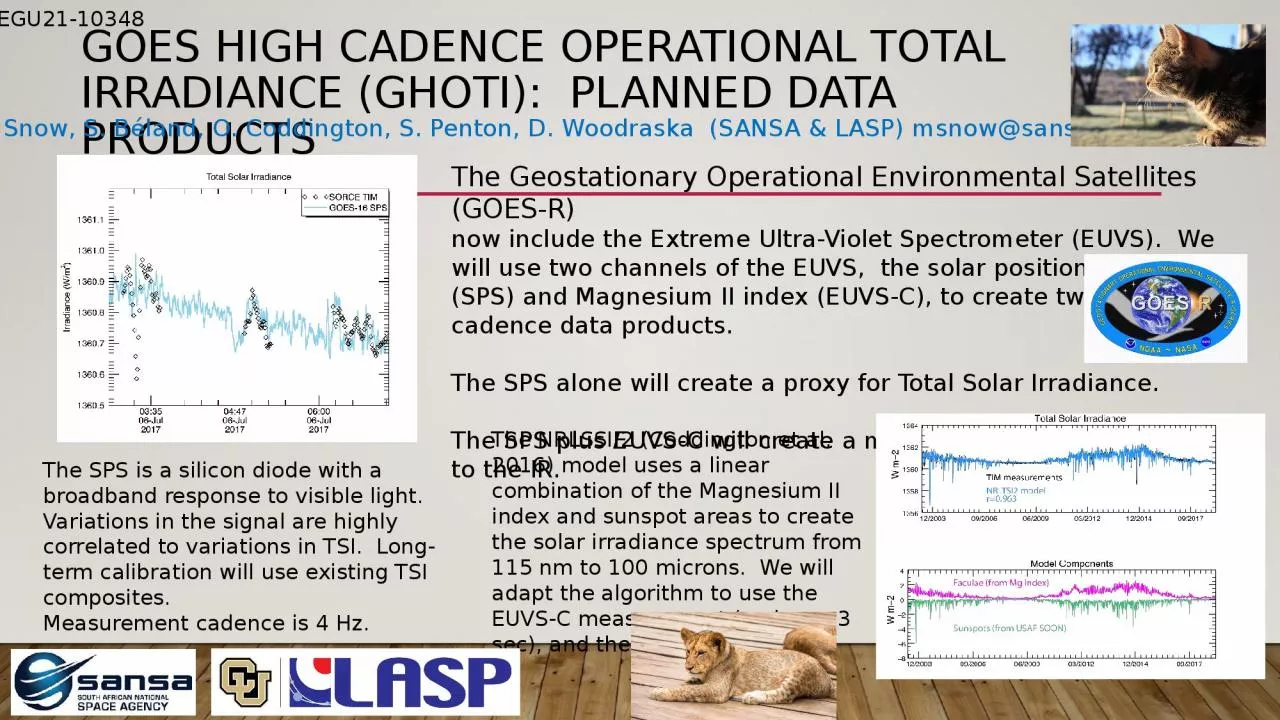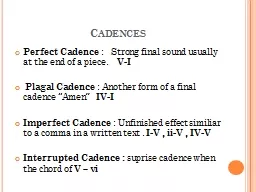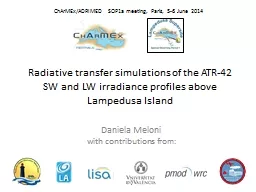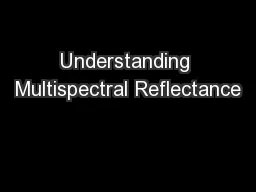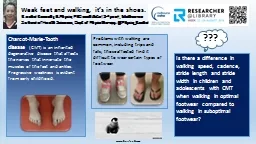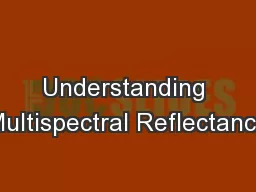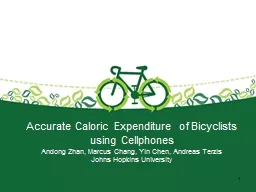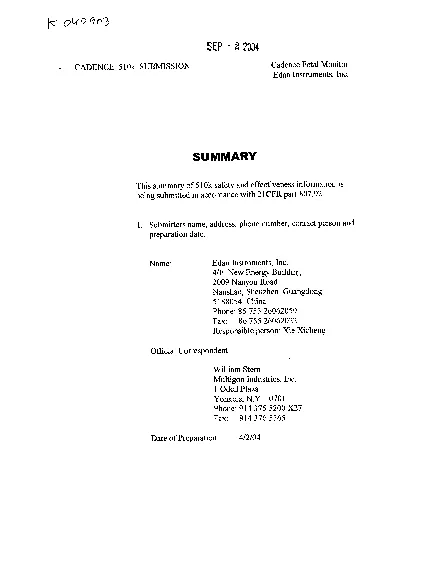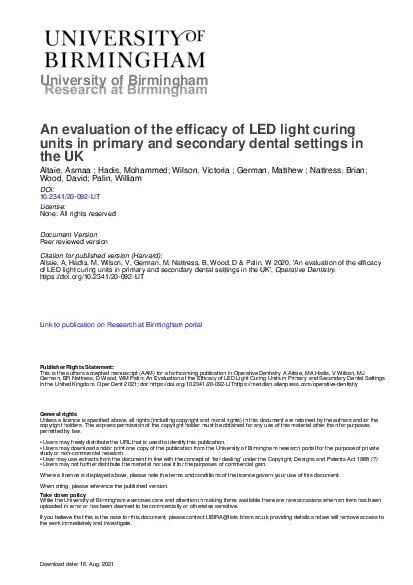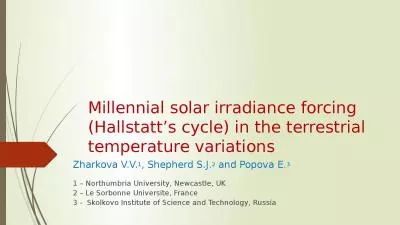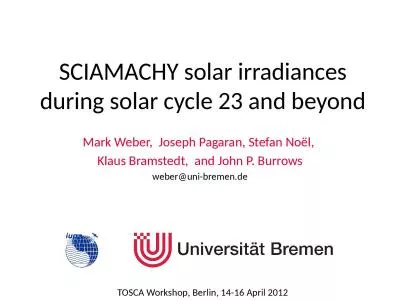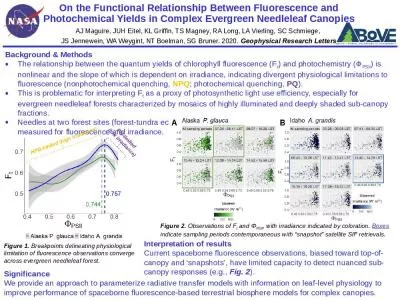PPT-GOES High cadence operational total irradiance (GHOTI): planned data products
Author : priscilla | Published Date : 2023-10-04
M Snow S Béland O Coddington S Penton D Woodraska SANSA amp LASP msnowsansaorgza The Geostationary Operational Environmental Satellites GOESR now include the
Presentation Embed Code
Download Presentation
Download Presentation The PPT/PDF document "GOES High cadence operational total irra..." is the property of its rightful owner. Permission is granted to download and print the materials on this website for personal, non-commercial use only, and to display it on your personal computer provided you do not modify the materials and that you retain all copyright notices contained in the materials. By downloading content from our website, you accept the terms of this agreement.
GOES High cadence operational total irradiance (GHOTI): planned data products: Transcript
Download Rules Of Document
"GOES High cadence operational total irradiance (GHOTI): planned data products"The content belongs to its owner. You may download and print it for personal use, without modification, and keep all copyright notices. By downloading, you agree to these terms.
Related Documents

